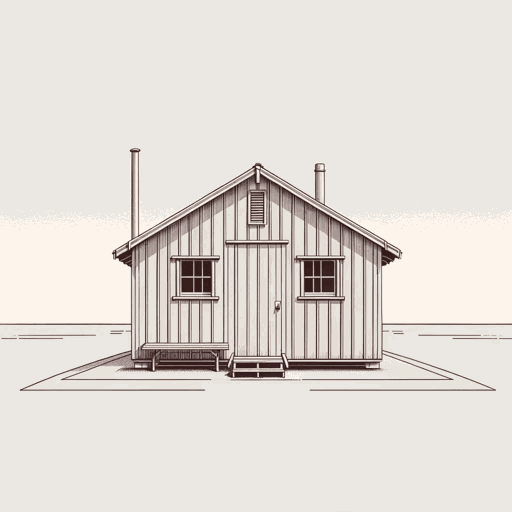26 pages • 52 minutes read
Miné OkuboCitizen 13660
Nonfiction | Graphic Novel/Book | Adult | Published in 1946A modern alternative to SparkNotes and CliffsNotes, SuperSummary offers high-quality Study Guides with detailed chapter summaries and analysis of major themes, characters, and more.
Pages 154-209Chapter Summaries & Analyses
Pages 154-179 Summary
At Topaz, Okubo and the rest of the internees prepared for winter. They tried their best to have a festive Christmas, but it was “sad” (156) despite attempts to engage in traditions such as mochi-making. The internees continued to improve upon their existence at Topaz, setting up a community cooperative where family and community problems were discussed, taking medical roles in the hospital, and investing in youth education. Okubo notes, “School organization was an improvement over Tanforan” (166), as it was staffed by both white and Japanese internee teachers. However, internees were paid less than their white counterparts. There was also “Americanization” (167) classes held for the Issei. Additionally, the internees made time for sports at the recreation halls, sumo performances, kite-making and flying, and other entertainment that they put on themselves.
In 1943, President Roosevelt announced that Japanese Americans could serve as a part of a special unit for World War II. In order to enlist in the unit, all men of military age were required to answer 28 questions assessing their “loyalty and willingness to fight” (175). This included a divisive question: “Will you swear unqualified allegiance to the United States of America and forswear any form of allegiance or obedience to the Japanese Emperor or any other foreign power or organization?” (175).

